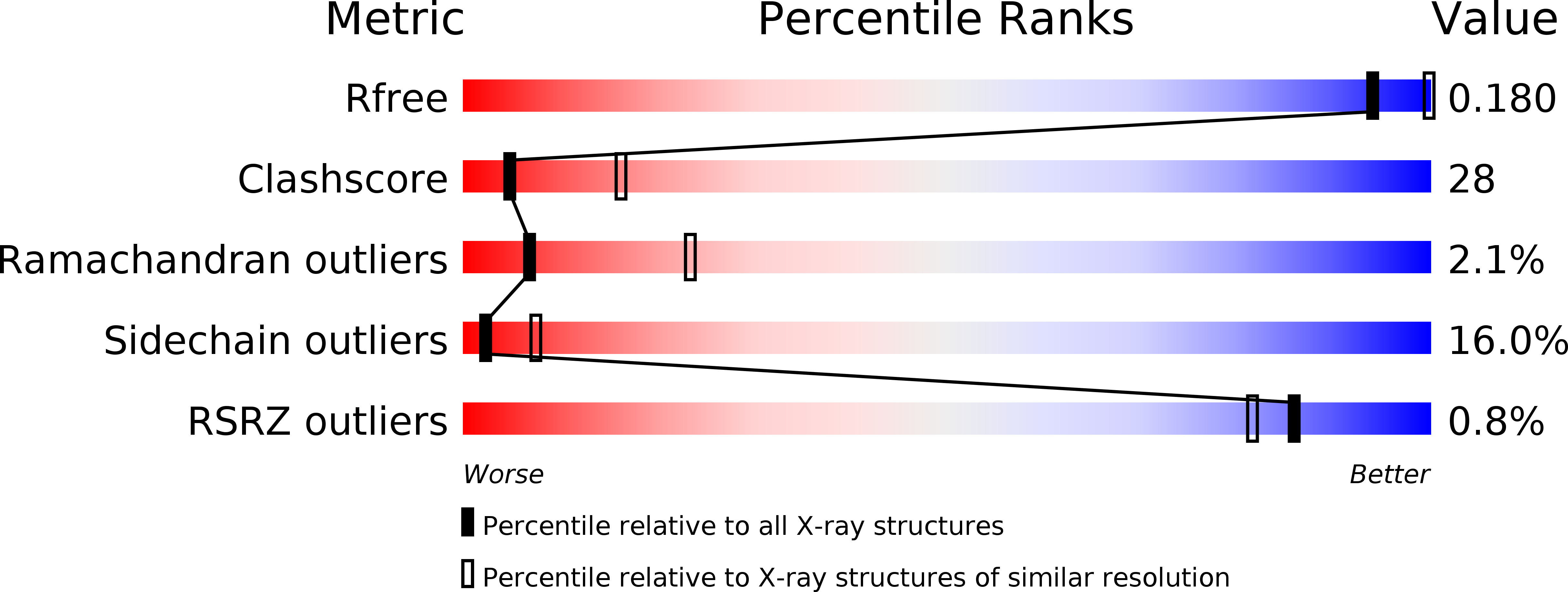
Deposition Date
2010-07-02
Release Date
2011-07-13
Last Version Date
2023-12-20
Entry Detail
PDB ID:
2XJ9
Keywords:
Title:
Dimer Structure of the bacterial cell division regulator MipZ
Biological Source:
Source Organism:
CAULOBACTER CRESCENTUS (Taxon ID: 155892)
Host Organism:
Method Details:
Experimental Method:
Resolution:
2.80 Å
R-Value Free:
0.23
R-Value Work:
0.18
R-Value Observed:
0.18
Space Group:
P 41


